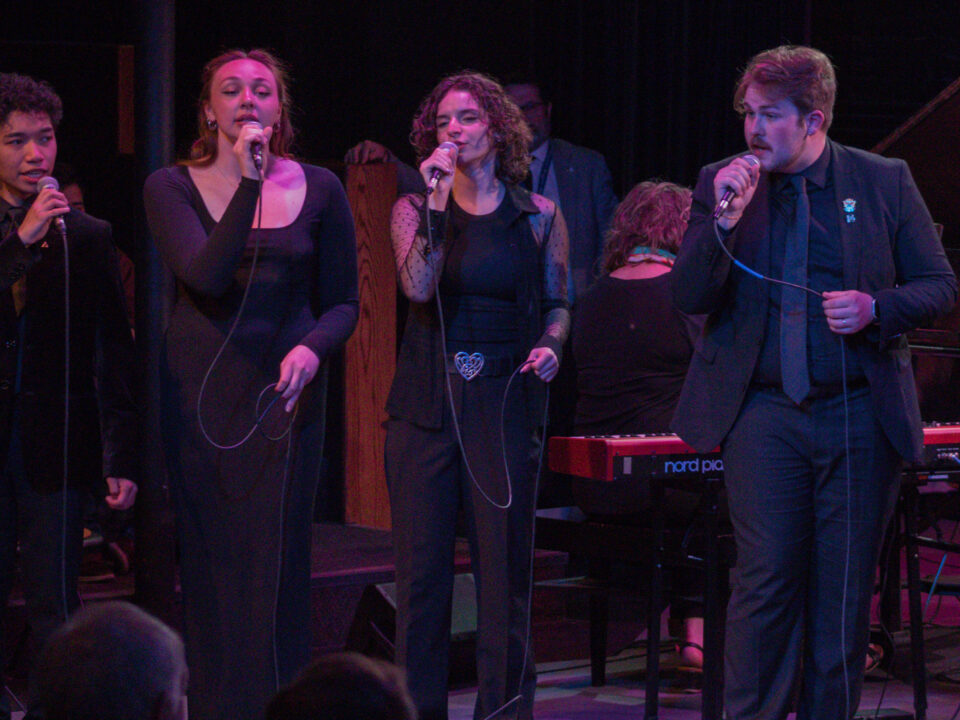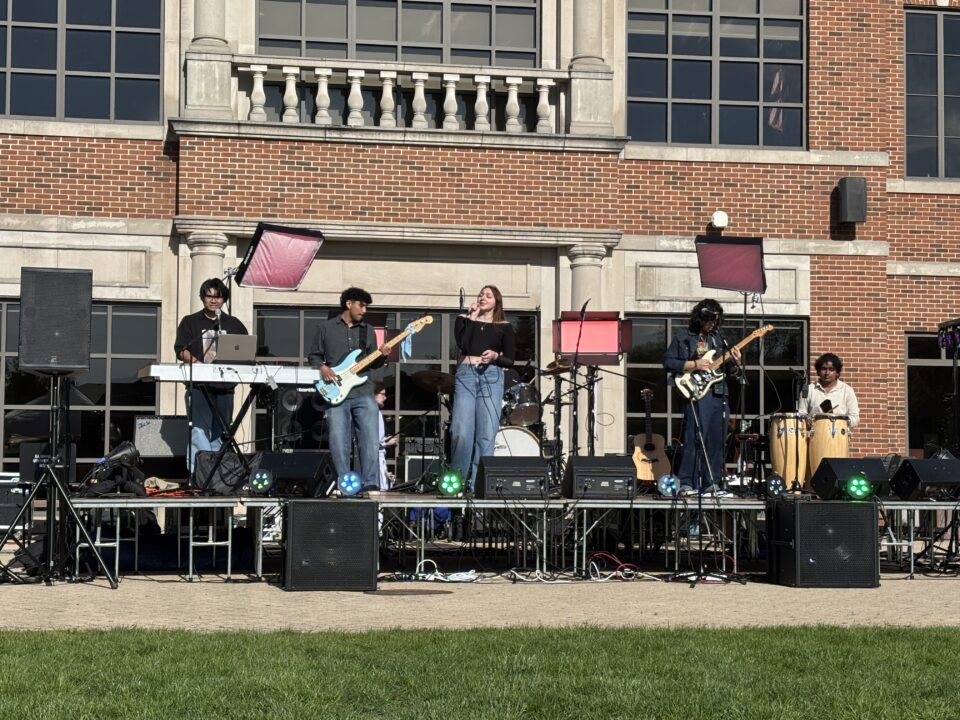The First Homosexuals: The Birth of a New Identity
Wrightwood 659 is hosting a major international loan exhibition with over 300 works of art
from 40 countries that demonstrate the beauty of queer identities throughout time. The exhibit opened on May 2 and will go on until July 26. Presented to the gallery by Alphawood Exhibitions, the art was created from 1869 until 1939.
“It’s so refreshing to see queer identities represented in such a beautiful way,” said Mia Rondoni of Elmhurst University’s P.R.I.D.E. “I think this exhibition is a great reminder that queer people have always existed and will continue to exist even when we are discriminated against. This exhibition shows that love, especially queer love will always prevail.”
Jonathan D. Katz, art historian and lead curator, and Johnny Willis, associate curator, organized “The First Homosexuals” project.
In a press release, Katz stated, “Before the coinage of the word ‘homosexual,’ same-sex desire marked something you did, not necessarily who you were. The First Homosexuals examines how, after this watershed moment, for the first time homosexuals were cleaved from the rest of the population and given an identity which turned on their sexuality.”
In addition to the exhibit, The First Homosexuals is accompanied by a fully illustrated catalogue published by Monacelli Press, a Phaidon imprint. In it are 22 original and illuminating essays by leading experts in art and queer history, each focusing on one geographical region – from Australia to Japan to the Indigenous populations of South America.
125 artists are represented in The First Homosexuals including well-known artists of the time such as: Berenice Abbott, Thomas Anshutz, Léon Bakst, George Bellows, Giovanni Boldini, Rosa Bonheur, Claude Cahun, Jean Cocteau, Honoré Daumier, F. Holland Day, Beauford Delaney, Charles Demuth, Duncan Grant, Marsden Hartley, Florence Henri, Harriet Hosmer, Katsushika Hokusai, Frederic Leighton, Lumière Brothers, Gustave Moreau, Glyn Philpot, John Singer Sargent, Egon Schiele, Pavel Tchelitchew, and Henri de ToulouseLaurec.
The exhibit also includes artists who were lesser-known in the United States, such as: Jacques-Émile Blanche (France), Benjamín de la Calle (Colombia), Florence Carlyle (Canada), María Izquierdo (Mexico), Van Leo (Armenia/Egypt), Manuel Rodríguez Lozano (Mexico), Ladislav Mednyánszky (Slovakia/Hungary), Roberto Montenegro (Mexico), Gabriel Morcillo (Spain), Ismael Nery (Brazil), Daniel Stepanov (Russia), Lionel Wendt (Sri Lanka), Emilio Baz Viaud (Mexico), Florence Wyle (Canada), and Kristian Zahrtmann (Denmark).


